Spider-Man: 10 Iconic Moments the Movies Whiffed
Our disappointment in Venom has led us to considering other opportunities the various Spider-Man movies have missed.
This article contains some mild spoilers for the Spidey-less Spider-Man spin-off, Venom.
The Spider-Man movies have been at the center of the superhero genre’s dominance of pop culture in this century. Beginning with Sam Raimi’s 2002 classic, Spider-Man, kicking the door off the hinges of the genre’s potential, we have seen the Web-Head participate in every movement of the form. From unabashed heart-on-its-sleeve trendsetter, to gritty reboot follower, and finally acquisition of a larger self-perpetuating shared universe at Marvel Studios. The wall-crawler’s studio, Sony Pictures, is even trying to build its own internal universe by breaking ground with the first solo villain origin movie, Venom, and an animated film later this year via Spider-Man: Into the Spider-Verse.
Be that as it may, in his grand total of eight big screen appearances (and counting), complete with three wildly different interpretations of the character, not all choices in transferring Peter Parker to cinema have been equal. While some of the most iconic moments in Spidey history—such as the death of Uncle Ben, the Green Goblin’s Last Stand, or raising the rubble off his back—have been faithfully adapted, and a few more iconic moments have been created whole cloth by the medium (hello, upside-down kiss and stopping that runaway train), there have been plenty that have been found wanting.
When the goal is to ideally turn out a Spider-Man appearance every year or two, which doesn’t include spin-offs, some hot takes will inevitably wind up not being so hot. And given the general antipathy that Venom has been received with in the last week—including in our own review—we thought the time was perfect to figure out which iconic Spidey moments were left a little bit wanting, like a symbiote bereft of a jar of brains. So strap in, true believers, because this time the truth is going to hurt.
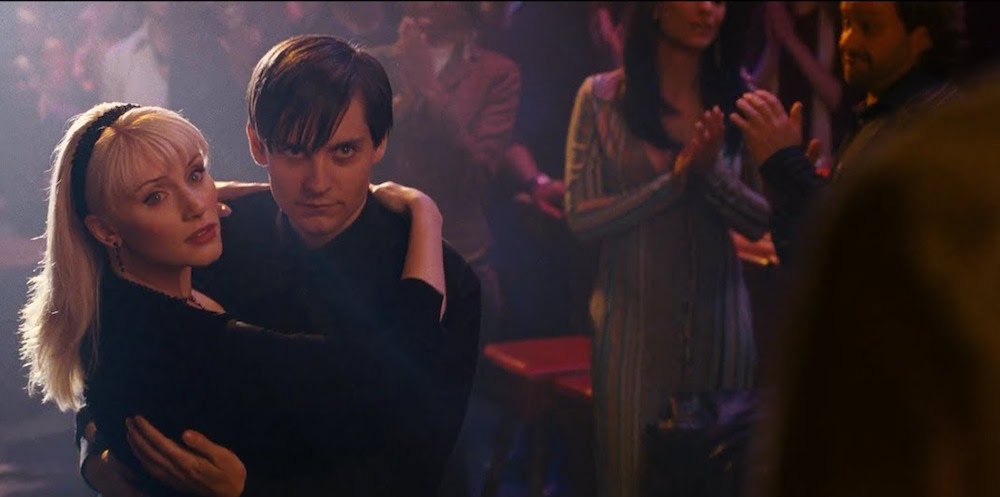
The Black Symbiote Comeths
What better place to begin in the shadow of Venom than in the odd choices that made that movie possible? It is well-documented that the Spider-Man 3 we wound up with in 2007 was not the movie Sam Raimi wanted to make. Wishing to explore more of his childhood favorites (Sandman and Vulture), as well as themes of forgiveness via the ongoing Peter/Harry dynamic, he had the Venom character and his comic book-gonzo backstory pushed on him. Suddenly Raimi also had to explain a whole separate character named Eddie Brock and the black goo from outer space in his little melodrama about friends.
The results didn’t exactly thrill anyone, least of all Raimi, but I still like Spider-Man 3 in spite of all its problems. It remains a big studio movie crafted by a visible human hand with passion, which is increasingly rare in today’s genre. Be that as it may, none of its troubled qualities comes from the symbiote. Sure Raimi made the goo look cool, but he had no idea how to handle the “possession story.”
Ironically, the definitive rendering of the symbiote did not occur in the comics; it came from the 1994 three-episode arc on Spider-Man: The Animated Series. In that children’s cartoon, many of the prevailing ideas of the character were crystallized, such as Eddie Brock being Peter Parker’s rival at The Daily Bugle, and the alien symbiote possessing Peter Parker like he was a wall-crawling Linda Blair. The cartoon also clearly inspired Raimi, as he echoes deliberate shots of the symbiote storyline in his film… but not enough. As a filmmaker with always one foot firmly flirting along the line of camp, his choices for showcasing the corrupting influence of the symbiote on Peter during the 11th hour of production veered toward farce. Instead of revealing the dark side of Peter Parker’s wants and needs, or the actual menace in Spider-Man if he ever became not-so-friendly, Raimi leaned into not one but two dance sequences that wouldn’t be out of place in a Mel Brooks spoof.
The result is a movie that whiffs the only genuine cinematic attempt to essay Peter’s darker impulses, and that drinks a little too freely of its whiplash-inducing tonal shifts, from jazz hands to domestic abuse.
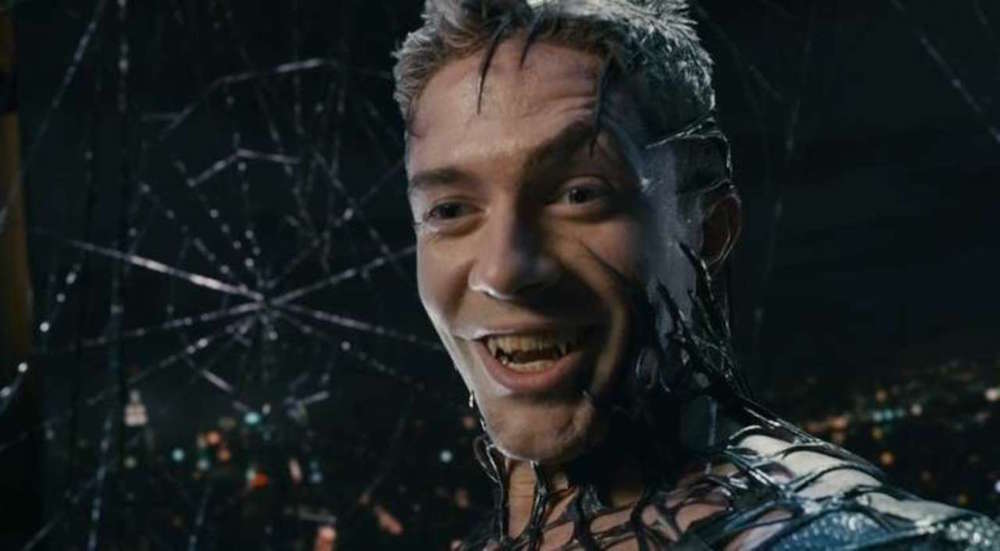
Venom’s Introduction
And if the symbiote’s introduction doesn’t work, then nailing down the introduction of one of Spidey’s greatest foes, the villain Raimi didn’t want, is almost doomed to fail. The actual birth sequence is effectively envisioned. Shot in inviting blacks on a rainy night, the sequence is a visual Gothic delight. However, it is undercut by the fact that beyond how poorly the symbiote was set-up, Eddie Brock’s intro was worse.
The concept of Topher Grace’s Eddie Brock is often overlooked for its massive potential: As a whiny self-entitled white dude who thinks the world owes him whatever he is willing to lie for, he could’ve been the prophecy of incels and men’s rights activists to come in the following decade. But underwritten and undercooked, he is reduced to be that guy audiences only vaguely have noticed praying to Jesus Christ to murder Peter Parker. Rather than a revelation of the ugly face of privilege, he’s just a schmuck who bonds with the Venom symbiote for dubious reasons. He doesn’t stalk or torment Peter Parker; he steals a page from the Green Goblin and kidnaps Mary Jane Watson again (yawn). This isn’t the entrance of Peter Parker’s boogeyman; it’s the exit of that twerp from the office.
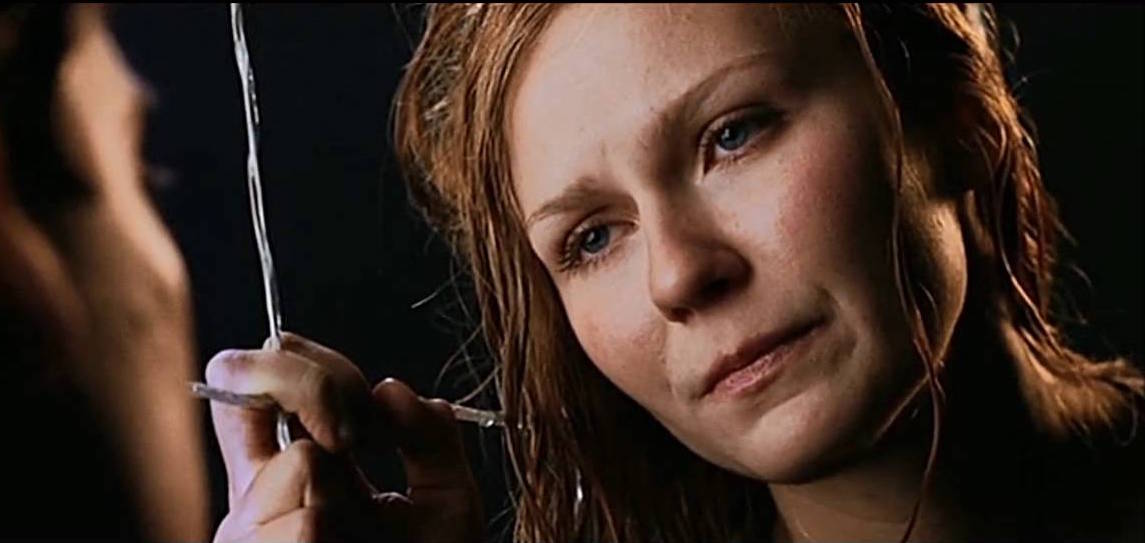
Mary Jane’s Intro and Her Big Secret
Spider-Man 2 is kind of perfect, if we’re being honest. A nigh magical distillation of the essence (if not the details) of the Stan Lee/John Romita Sr. era of web-head comics, the picture does profound justice to the “Spider-Man No More” storyline and even improves what’s on the page. It also features a great reimagining of Doc Ock while never losing sight of the best Peter Parker adventures actually being melodramas.
Still, if we’re allowed to nitpick, we do wish we could’ve had the scene where Mary Jane Watson reveals she’s more or less always known Peter Parker and Spider-Man were one in the same. A very different woman in the comics, MJ is the extroverted yin to Pete’s introverted yang; the glass is half full to his fixation on life’s emptiness; and she was always more flexible with Peter’s vanishing act than, say, Gwen Stacy, because she secretly knew Peter was Spidey. Spotting him in the costume years before the reveal to readers or Peter, her admission she’s in on the secret thankfully robs Peter of the wish fulfillment moment of the girlfriend learning just how amazing the male reading avatar is; MJ always knew who Peter was, she doesn’t need to be impressed.
Still, Spider-Man 2 does “the moment” of revelation better than any other superhero flick. So much so, we can also forgive that both it and the 2002 movie—and Spider-Man: Homecoming for that matter—missed the classic comic book panel of MJ’s ‘60s ever so ‘60s entrance into Peter’s life: “Face it Tiger, you just hit the jackpot.”
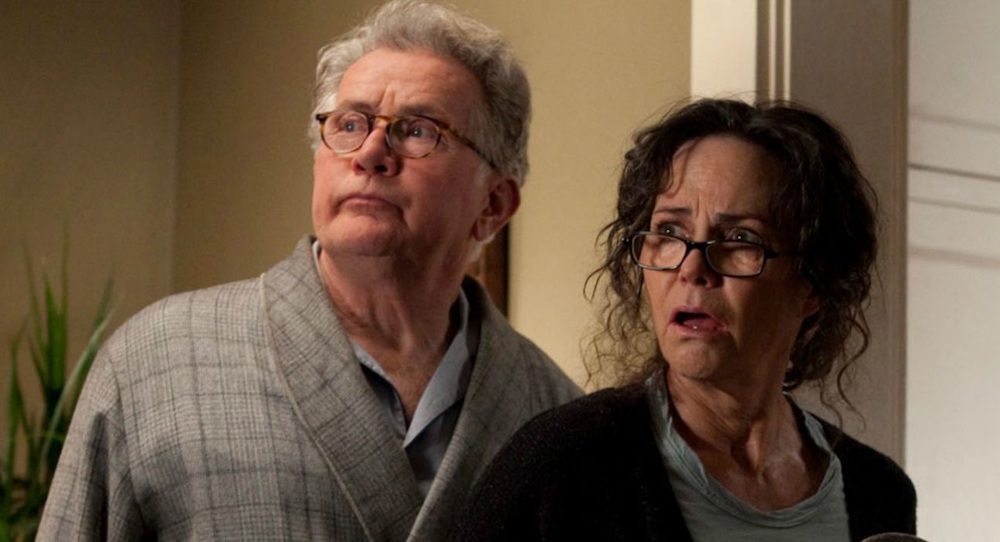
“With Great Power…”
Ultimately though, criticizing the Raimi trilogy (beyond Spider-Man 3) is largely coloring in the margins. Those films get so much right that it sometimes looks petty to whine. Luckily, there are The Amazing Spider-Man movies for that. Indeed, The Amazing Spider-Man (2012) makes one of the oddest choices in all superhero movies by turning Peter Parker, the good-hearted nerd/friendly neighborhood Spider-Man, into a gloomy, mopey, avenger of the dark night when he isn’t in complete hipster mode at school.
These choices obviously derive from an effort to differentiate itself from the Raimi movies and how Tobey Maguire’s dorky Peter Parker was presented, yet as Marvel Studios and Tom Holland have since displayed, you can do the affable high school geek thing without making him so milquetoast as Maguire could… or turning him into the guy who screams at his recently widowed aunt. In that latter vein, filmmakers attempted to redo the origin story so perfectly told in Spider-Man without, you know, the moments that define why he becomes Spider-Man.
Absent Peter capturing Uncle Ben’s killer and realizing revenge is moot, Peter trying to use his powers for personal gain, or even the words “with great power comes great responsibility,” this interpretation entirely mangles the origin in its attempts to be different. We might’ve seen it done right the first time, but if you’re going to go there again… And speak of which…

The Goblin Legacy
The through-line of Peter’s relationship to Norman and Harry Osborn is the one aspect that works in all three Raimi movies, so going back to that well was always going to be problematic for The Amazing Spider-Man. Yet it didn’t stop them from trying. So instead of getting Peter feeling betrayed by his friend’s father, Peter’s vague acquaintance from childhood shows up after Norman Osborn’s already died and becomes a real dick to Peter because… reasons. Yikes.
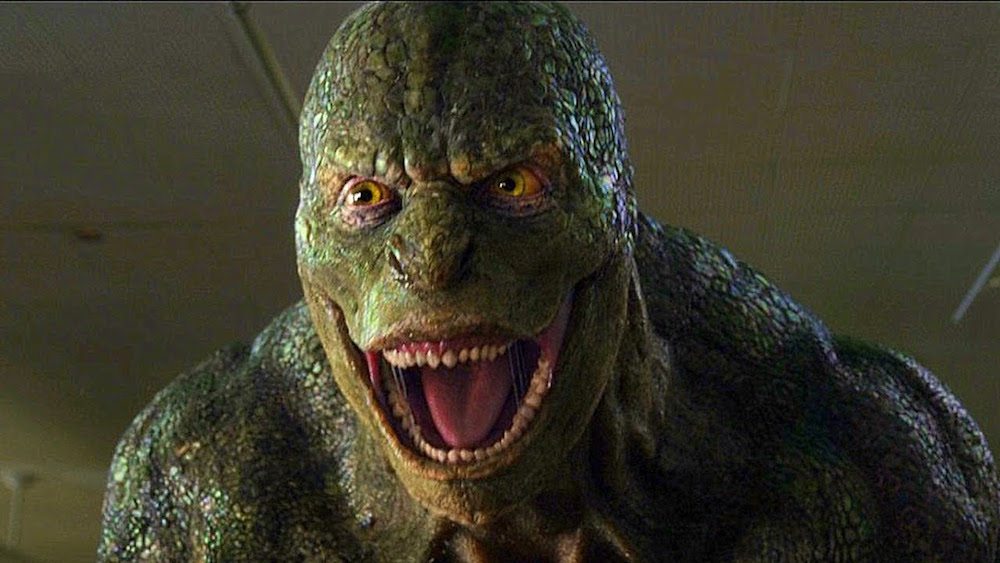
The Lizard (Like All of Him)
The Lizard was one of my favorite supervillains growing up. Both Jekyll and Hyde, Larry Talbot and the Wolf Man, the Lizard is actually another Peter Parker mentor (a dangerous position) named Dr. Curt Connors. He is also a family man whose wife and son befriend Pete. Thus when Peter fights the Lizard, he doesn’t only despise himself for punching a friend, but for possibly orphaning and widowing family friends. Unlike just about every other super villain in comicdom, their relationship isn’t hero and villain, but doctor and patient. Peter wants to save Connors from himself and cure the Lizard, like a psychiatrist convincing a frequent visitor to join AA.
So of course the movie jettisons all of that. Connors happily chooses to transform to the Lizard whenever the plot demands it, and without a family, he has little tethering him to reality, including Peter who doesn’t show too much concern if the Lizard lives or dies, so long as he quits mucking up his high school. Plus, removing the human touches to the character like the shredded lab coat in favor of making him look like a Goomba from the infamous Super Mario Bros. movie didn’t do any favors.
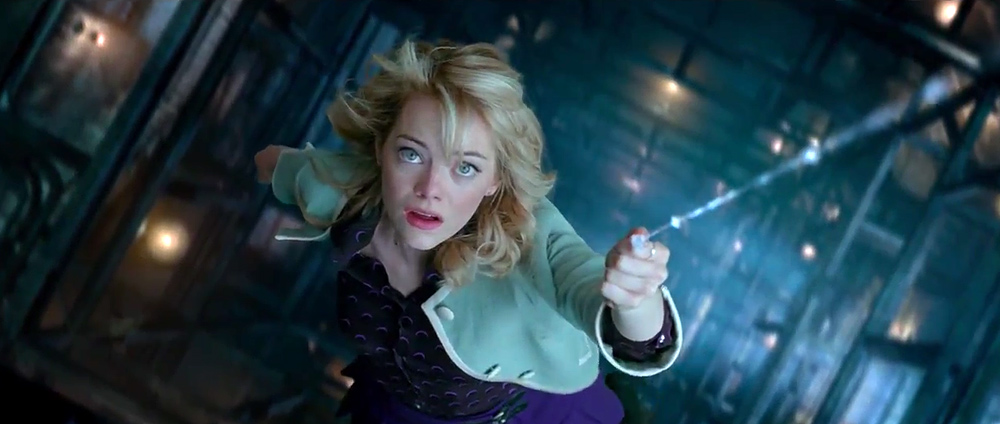
The Death of Gwen Stacy
However, the biggest adaptive failing in the Andrew Garfield years of the character is the fact that they (mis)used likely the only opportunity to do “The Night Gwen Stacy Died” storyline. You can only surprise general audiences once by killing off one of the great loves of Peter Parker’s life, lest you want to bore audiences by doing the same thing again and again like some kind of earthbound Dark Phoenix saga. But instead of developing this monumental moment as one of profound tragedy, The Amazing Spider-Man 2 treated it as little more than a perfunctory example of putting the love interest in the refrigerator.
In the comics, Gwen Stacy’s death was a shock that took away the innocence from Marvel Comics’ Silver Age, it also forced Peter Parker to grow into a less zippy adult when he saw a villain whose threats he’d come to treat as a game murder an actual loved one. In all honesty, it is also somewhat antiquated and open to the critique of “fridging” in modern feminist media analysis, however it was at least a life learning moment for its hero that was the result of years of dynamic growth between Peter and Gwen and Peter and Norman Osborn.
In the movie, just because they felt compelled to do it, Gwen is killed off as an afterthought separate from the main plot of the film (Spidey vs. Electro). After Andrew Garfield and Emma Stone’s characters are celebrating their victory over the main threat, Dane DeHaan’s badly bastardized Harry makes an appearance with all the obligation of an auditor. When all three characters stare at each other, instead of it being a moment of rising tragedy reaching its transcendent crescendo, the unspoken exchange is “Well, I guess we’re doing this.”
So exits Gwen Stacy, played by arguably the most charismatic actor in the entire franchise. And instead of tears, audiences are left with a gnawing question: Why did that happen?
Spider-Man’s Role in the Larger Marvel Universe
Since the end of The Amazing Spider-Man movies, the character has gone home to Marvel, or more specifically Marvel Studios. Inside the Disney division’s positively branded “MCU,” Tom Holland has worn the red and blue underoos with gusto. Many could even argue Holland’s Peter Parker is the closest to the comic book version of the character. And yet, we can still note that by design, the MCU appearances of Spidey have departed from one of his defining characteristics in the Marvel comics universe.
Choosing to emphasize his youthfulness and amateurish quality next to the Avengers is savvy, however with the aim of keeping Spidey as part of the synergetic brand of “the Avengers,” these issues are largely bulldozed over by Robert Downey Jr.’s Tony Stark onscreen (and by the filmmakers off it). Despite trying and failing to join the Fantastic Four in his first solo magazine by Stan Lee and Steve Ditko, Spidey has never really been a team-player in the comics. Too much of a loner or introvert, his cutting wit tends to be more alienating to other heroes instead of endearing, with him rarely taking part in the global escapism that is the MCU’s bread and butter.
Generally speaking, Peter kept to himself away from the Avengers during the first 40 years of publication, avoiding the “big crossovers” in favor of “staying close to the ground.” There is some lip-service to that in Spider-Man: Homecoming, however on screen, Peter is still decidedly Tony Stark’s protégé and Avenger-in-training (or sidekick). Tony grooms him into being a pro-Iron Man Avenger in Captain America: Civil War and gives him the iconic costume, complete with Iron Man-like upgrades. He even attempts to hire Peter as a full-time Avenger despite being only 16-years-old at the end of Homecoming. While Peter politely declines, he basically assumes that role in Avengers: Infinity War, wearing Tony’s Iron Man-like suit and going to space.
Admittedly, Peter wore that same Iron-Spider suit in the comics… during a storyline where Tony used Peter and left him vulnerable as a public figure to mobster attacks, which reinforced for Peter that he works better on his own. In the MCU, he’s just another player on Tony Stark’s board.
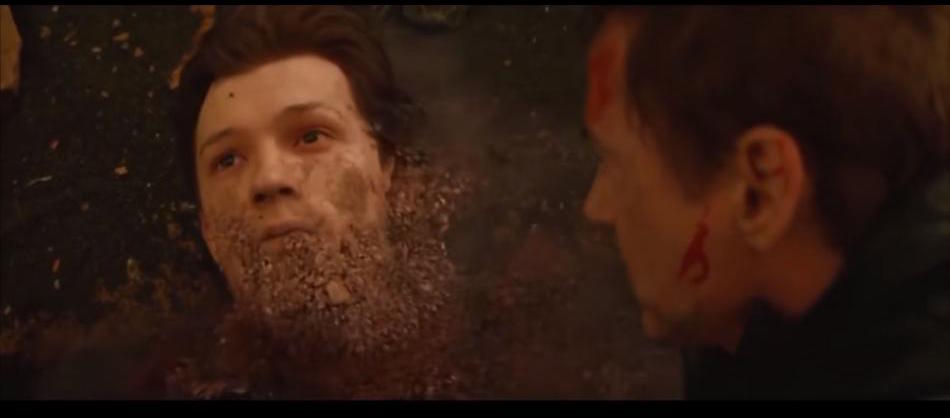
The Death of Spider-Man
Hence why the death of Peter Parker at the end of Avengers: Infinity War feels a little off. Peter Parker has died several times in the comics (don’t worry, he got better). In the main “616” continuity that goes back to the ‘60s, this occurred when a villain called Morlun attempted to feed on him like a vampire for his spider-powers. But it was much more impressively done in the Ultimate alternative-universe, where he died in a duel with his greatest enemy, the Green Goblin. In his passing, Aunt May and Mary Jane were there and the whole world mourned.
In the MCU, Peter Parker dies in Tony Stark’s arms. His death, besides scarring Spidey-loving children everywhere, is narratively designed to punish Tony. You let your surrogate son die. You let your Robin die. It works, but feels like it does a disservice to Peter Parker as his own character.
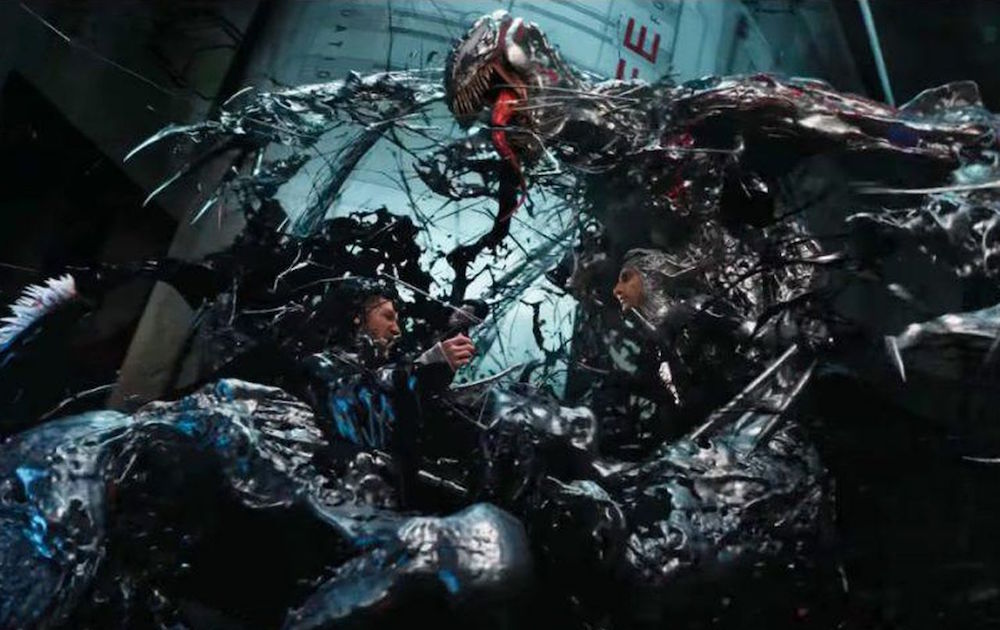
Venom’s Failure to Launch
Which brings us full circle back to Venom. In 2018, fans finally get to see one of the iconic showdowns in Venom lore: that time (again from Spider-Man: The Animated Series) where Venom faces off with his despised nemesis, the Amazing Spider-Man, beneath the screeching cries of a launching space rocket. The pull between Earth and the stars has never tangled a more enticing web, and it still hasn’t given that it’s recreated in Venom sans Spider-Man. And it plays like a turd. In the wind.
Yep, poor, poor Tom Hardy and Riz Ahmed are unkindly replaced with giant black blobs of CGI that would’ve looked suspicious 20 years ago, and these blobs do battle to decide the fate of a world we are not entirely sure is worth saving. As it turns out two symbiotes do not make a right.
So there you have it, 10 iconic Spidey moments given the so-so treatment on the big screen. Agree, disagree, think we left something out? Let us know below!

